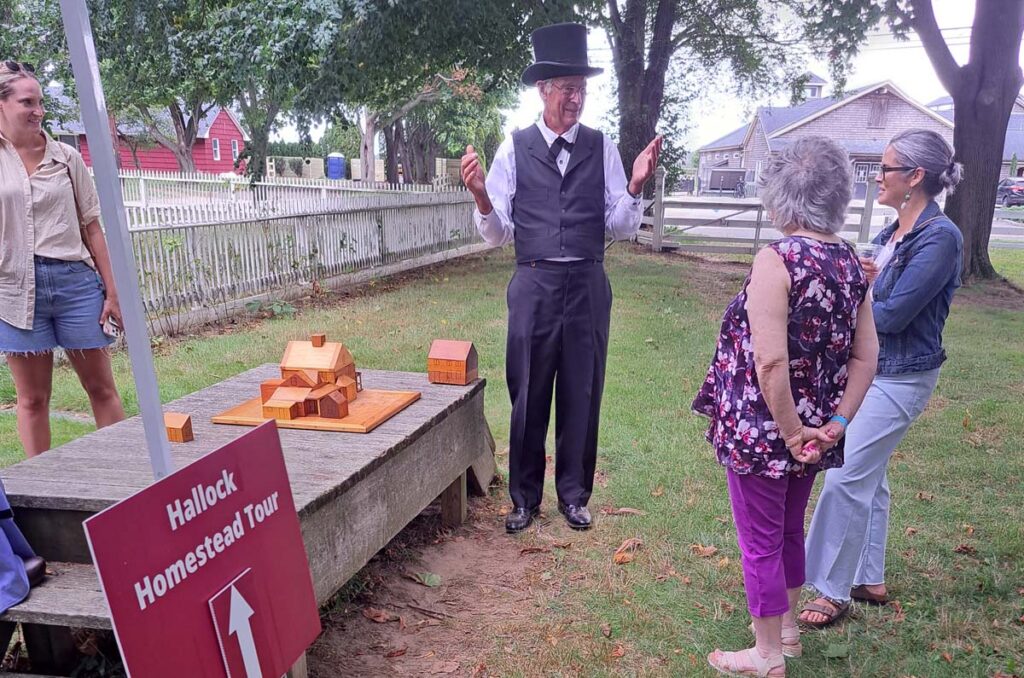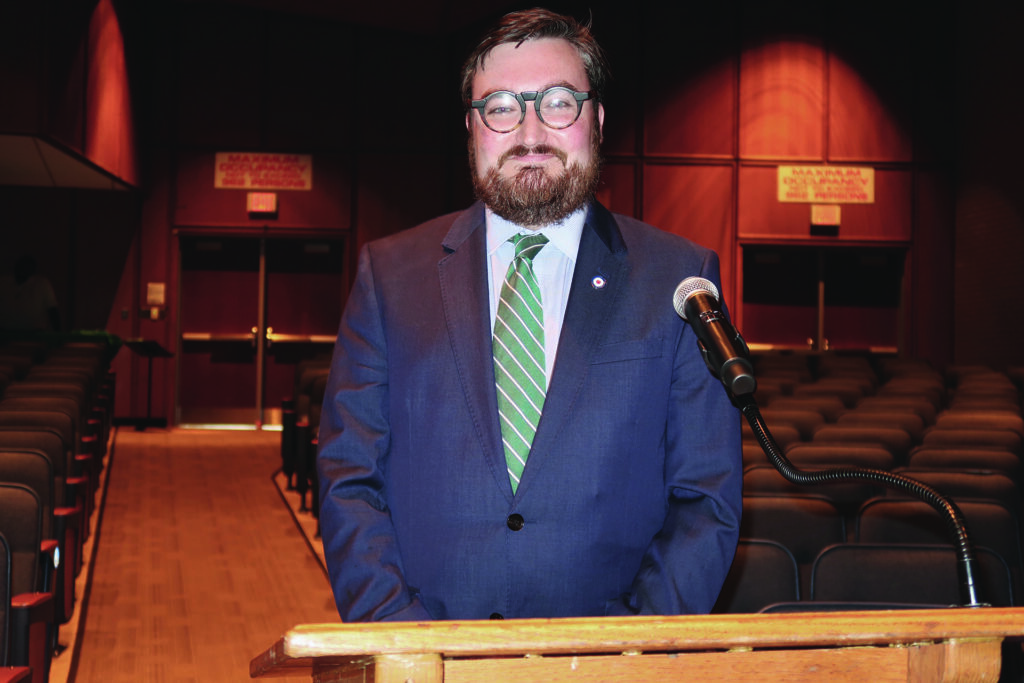Soldier lost in World War II finally laid to rest in Calverton

On the day Sgt. Bernard Sweeney went missing — Dec. 16, 1944 — he was with a group of fellow U.S. Army soldiers fighting Germans near the small town of Strass. He turned to a member of his squad, PFC Art Jacobson, who was walking in front of him, and told him he was going to check out a wooded area at the edge of the field where the soldiers were walking.
“There were about 12 of us,” Mr. Jacobson remembered. “He decided to see what was down in this area that had a lot of scrubs. The squad moved forward and we were to meet up with him farther along. I never saw him again.
“I was the last person to talk to him,” he said.
On Oct. 10, 79 years after Sgt. Sweeney went missing in combat during World War II, an extraordinary procession carried Sgt. Sweeney’s remains from the tarmac at JFK Airport east to the Alexander-Rothwell Funeral Home in Wading River and on to his burial plot in the hallowed ground at Calverton National Cemetery.
Those who participated in the procession said it was unlike anything they had ever seen. All the way east, crowds gathered everywhere the procession passed — along roads, on overpasses — to pay their respects to a fallen soldier. At the national cemetery, Blackhawk helicopters flew overhead as Sgt. Sweeney’s coffin, mounted on a caisson drawn by a quarter horse named Cody from the nearby Warrior Ranch, proceeded to the burial site.
“It was the most moving ceremony I have ever been a part of, and I feel blessed to have been there,” said Ken Rothwell, whose funeral home handled the arrangements. “In every way, it renewed my faith in the American spirit.”
Sgt. Sweeney’s burial is a story of a man — an American soldier who was 22 years old when he went missing — who died for his country and who, years after his death, received full military honors at his burial. It is also a story of the persistence of a group of never-say-quit researchers working for the U.S. Department of Defense whose jobs are to find the missing from America’s wars and bring them home, no matter how long it takes.
The effort to bring Sgt. Sweeney’s remains home to the national cemetery began at the war’s end in May 1945. While the remains of unidentified soldiers were found in the area where Sgt. Sweeney had gone to investigate, his were not positively identified. Reports say his dog tags and his wallet were found, but not on his body.
The unknown remains were buried at the Neuville American Cemetery in Belgium. Buried, but not forgotten. In 2019, following years of research by the Defense Department’s POW/MIA Accounting Agency, the remains were brought to a forensics laboratory in Nebraska run by the agency.
There, through a combination of investigative techniques — including a DNA sample given years ago by a Sweeney relative who had since died — and a meticulous process of elimination, a positive identification was made. The long delay in identifying Sgt. Sweeney’s remains was over.
As he prepared for what he knew would be a remarkable funeral, Mr. Rothwell learned as much as he could about Sgt. Sweeney. He wanted to honor the man and his service.
“He was just 22 when he died,” he said. “This was not an older World War II veteran who died — this was a line of duty death. He grew up in Connecticut and moved with his parents to New York City. He enlisted in New York when he was 18. Because he was last a resident of New York City, they felt he should come home here. There were no surviving relatives.
“The Army reached out to us because we are the closest funeral home to the national cemetery,” he said. “We would never charge for this. It was the greatest honor for us to be a part of it. The remains were flown to JFK from the identification lab in Nebraska. The casket was brought off the plane first. That was important.
“All the American Airlines staff came out, everyone who worked on the tarmac, they were all lined up outside,” he said. “The Army had an honor guard right there. There were literally hundreds of police officers – New York City, Nassau, Suffolk, New York State — all along the runway. You could look up into the terminal and see hundreds of people lined up along the windows. So many were saluting. It showed America has a heart, and truly cares for its veterans.”
On the day of the funeral, as Cody brought the caisson into the cemetery, Blackhawk and Suffolk County helicopters flew overhead. Hundreds lined up to watch. Hundreds saluted.
For Mr. Rothwell, the emotion of the day remained in his voice as he spoke about it last week.
“It was the greatest honor,” he said.
In Florida, 96-year-old Art Jacobson was told through a member of the 83rd Infantry Regiment Association about Sgt. Sweeney’s funeral. History had come full circle, and he was grateful for it. Mr. Jacobson is one of perhaps 100,000 living World War II veterans. For him, the news closed a chapter in his own life.
“I was with him,” he said. “I was the last to talk to him. I’ve never forgotten that.”








